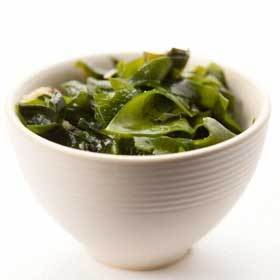practice
① Boil the spareribs in hot water for a short time, put them into the pot, add water to cover the spareribs, and set the fire to boil;
② Pour out the water or remove the foam;
③ After washing the kelp, soak it in water until it is soft, cut it into pieces 6~8cm wide and 10cm long, tie the kelp knot, and cut the radish into small pieces;
④ Put water and the ribs that have just been precooked in the pot, boil them over high heat and low heat for 1.5 hours;
⑤ Add kelp, boil for 40 minutes, add radish, salt and soy sauce, and continue to simmer over low heat;
⑥ Prepare a little ginger powder and add it to your taste;







